Six GOP congressmen ask why parts of Valley have water cutbacks in time of relative plenty
A congressional panel wants to know why water is short in parts of the San Joaquin Valley despite above-average reservoir storage this year.
Six Republican lawmakers, and zero Democrats, took part in Friday’s hearing of the House Natural Resources Subcommittee on Water, Wildlife and Fisheries. It happened in a conference room at the Hotel Mission de Oro in tiny Santa Nella, Merced County.
The members criticized fish protections that reduce pumping from the Sacramento-San Joaquin Delta to as far south as Kern County. They also urged new and enlarged reservoirs to store more water from wet years for use in dry ones.
“We are not going to solve our water shortages until we build more reservoirs,” Rep. Tom McClintock said, “and we won’t build more reservoirs until we fundamentally change our laws and the policymakers who are responsible for them.”
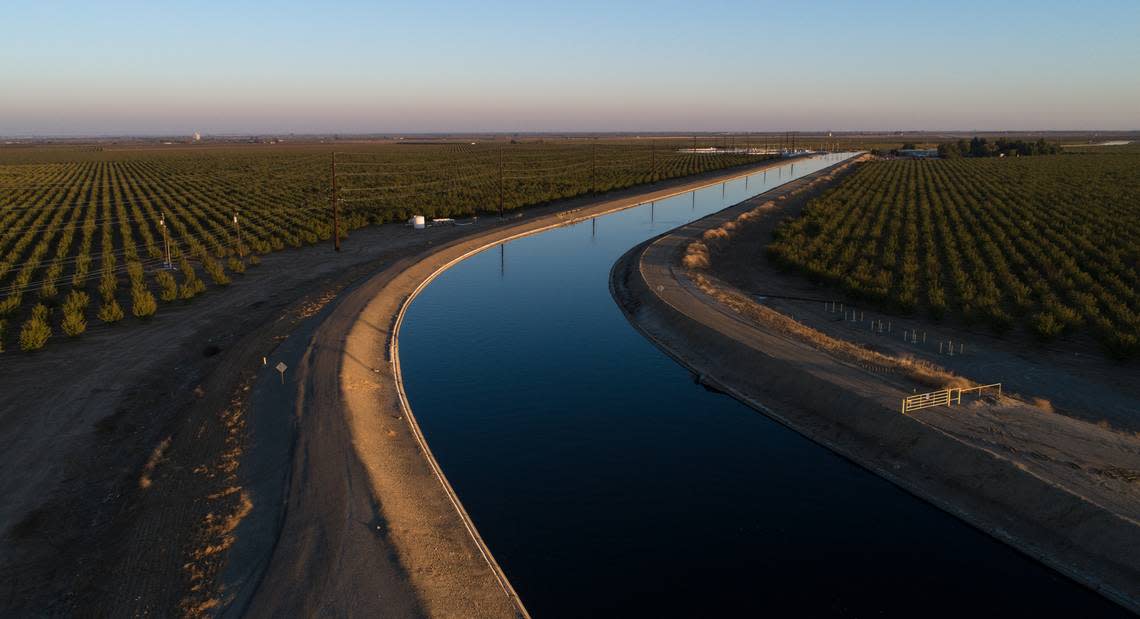
Agency leaders in the Biden administration declined to attend the hearing but did send written statements. They said they are working toward solutions that aid fish while providing water for human use.
Democratic members of the House were invited but did not show, said Rep. John Duarte of Modesto, whose district stretches to Fresno County. He is on the subcommittee, as is McClintock, who represents part of Stanislaus County and points north and south.
The other subcommittee members on hand were Chairman Cliff Bentz of rural Oregon, Vince Fong of Bakersfield and Doug LaMalfa of Richland, Butte County. Rep. David Valadao, R-Hanford, attended the hearing but is not on the subcommittee.
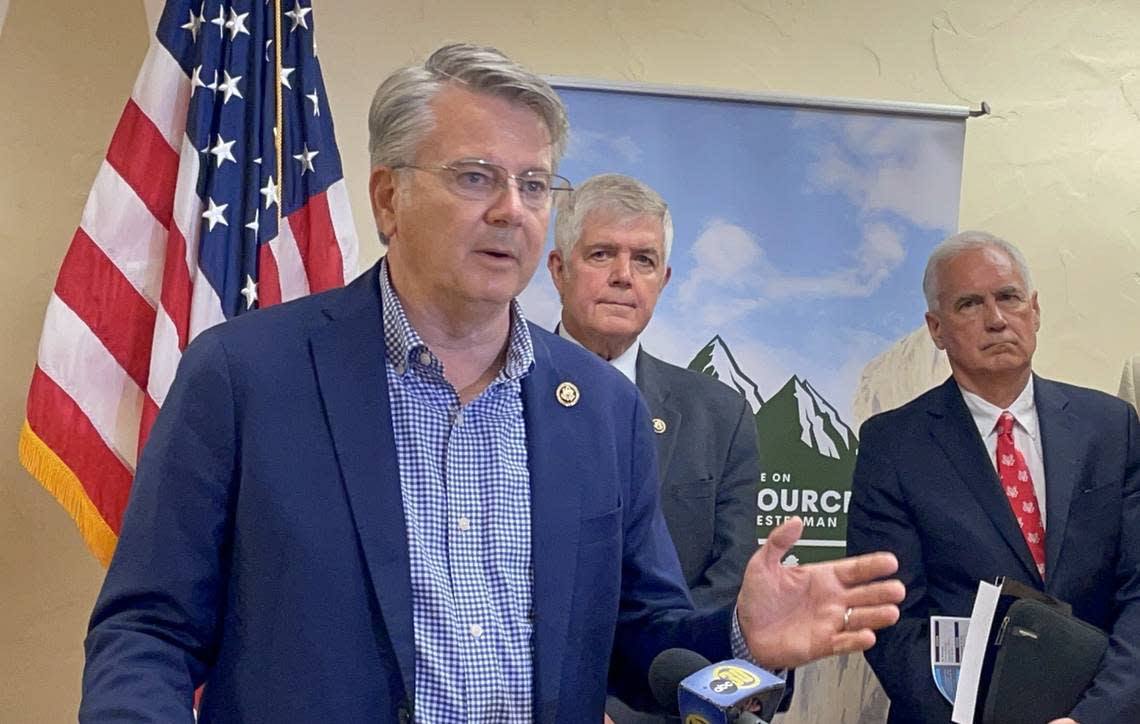
Drought is complicated in the Valley
Drought has varying effects around the Valley. Some places can avoid major cutbacks the first year or two thanks to strong water rights and reservoir storage. This is the case with the Modesto and Turlock irrigation districts on the Tuolumne River and the Oakdale and South San Joaquin districts on the Stanislaus. The Central California Irrigation District, from Crows Landing to Mendota, has senior rights to the San Joaquin River.
Drought is toughest on junior rights holders that depend on the federal Central Valley Project for most of their water. Especially dry years can mean zero deliveries. Even in wetter times, water can be limited to protect salmon, smelt and other fish from the powerful delta pumps.
The U.S. Bureau of Reclamation manages the CVP with input from federal and state fishery agencies. Along with the pump concern, they need to ensure that enough fresh water reaches San Francisco Bay and the Pacific Ocean.
This year’s CVP allotment started out at 15% in February, despite above-average storage in the reservoirs. It was boosted to 50% in June after the officials reassessed the delta fishery.
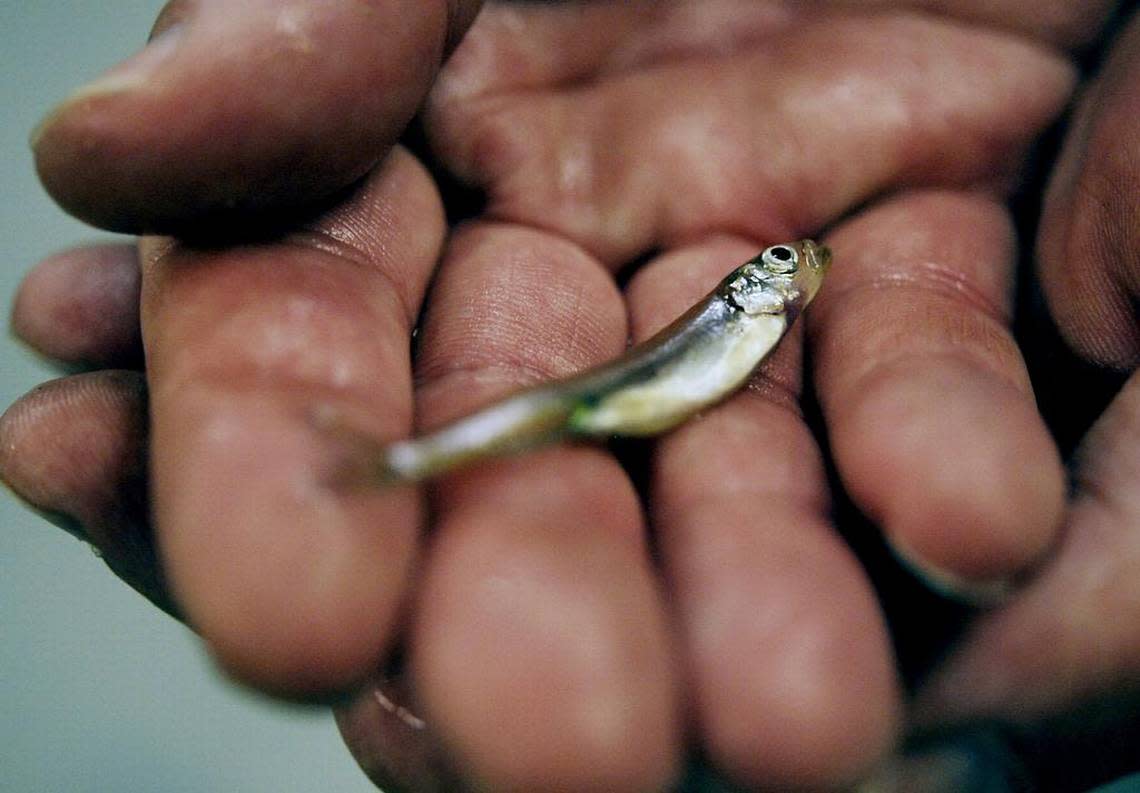
The largest affected supplier is the Westlands Water District, from roughly Mendota to Kettleman City. Board member William Bourdeau testified that the higher allotment came too late for tomato growers, who need to order seedlings each January. He said garlic farmers plant in September and October in the hope that water will be available the next spring.
“As farms struggle, local economies suffer,” Bourdeau said. “The reduction in agricultural activity means fewer jobs and less income circulating in the community, which directly affects local businesses, schools and public services.”
Several speakers called for reform of the Endangered Species Act of 1973. Duarte said the act has complicated water deliveries in the Valley while doing little to save the struggling fish.
“Only the misguided environmental extremists and the politics of Washington, D.C., and California can screw up this badly and hurt when they should be helping,” he said.
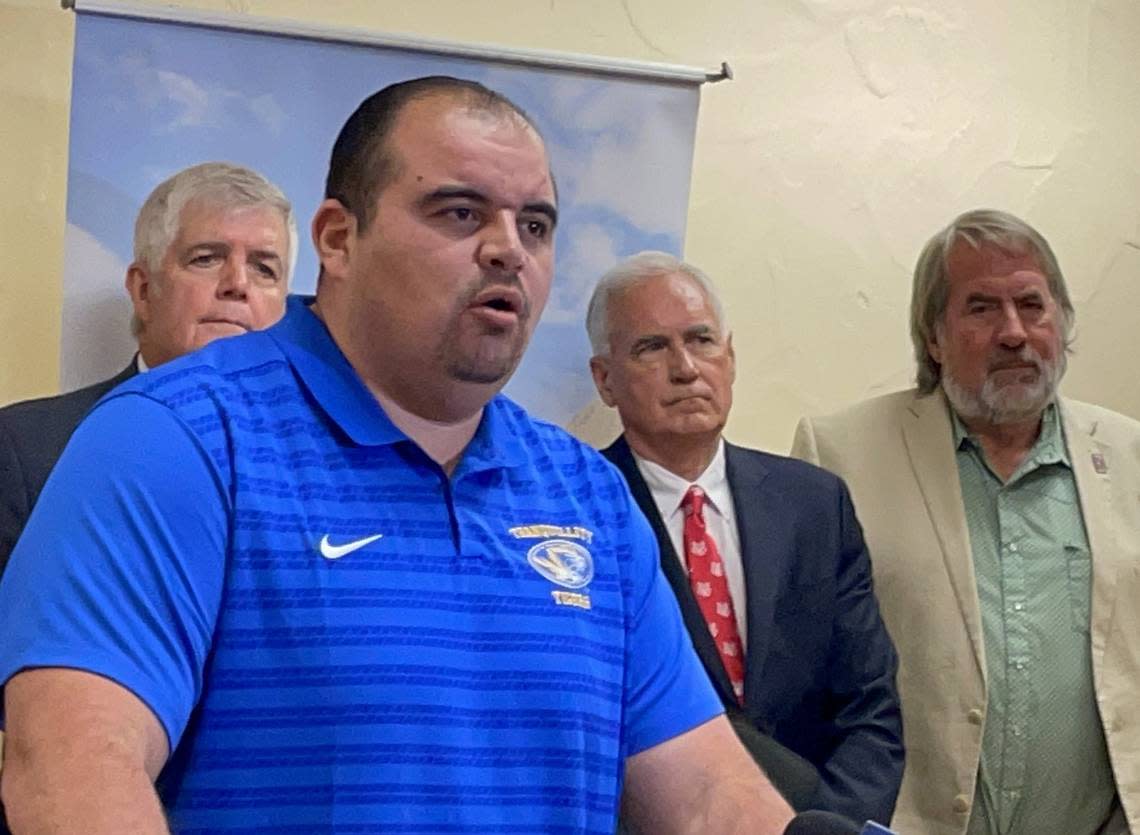
‘A lot of nonsense policy,’ Mendota mayor says
Mendota Mayor Victor Martinez took part in a news conference after the hearing. He said the water cutbacks mean fewer jobs for farm workers and more demand on food banks and homeless services.
“I think there’s a lot of nonsense policy in not allowing water to flow to our Valley,” said Martinez, whose father immigrated from El Salvador and worked the farms.
The hearing came amid progress on some of the storage projects long sought by farmers but opposed by environmental groups. The largest is Sites Reservoir, tentatively approved to store Sacramento River water in the hills to the west. San Luis Reservoir is being expanded to handle more delta water near Los Banos. Five irrigation districts are planning a smaller new reservoir above Patterson for pumped CVP water.
LaMalfa urged enlargement of Shasta Reservoir in his district, the largest in the CVP. He also said California could build all the water storage it needs at a small fraction of the cost of high-speed rail. It has spent about $26 billion so far on a segment between Madera and Kern counties. It will need perhaps $100 billion more to reach the Bay Area and Southern California.
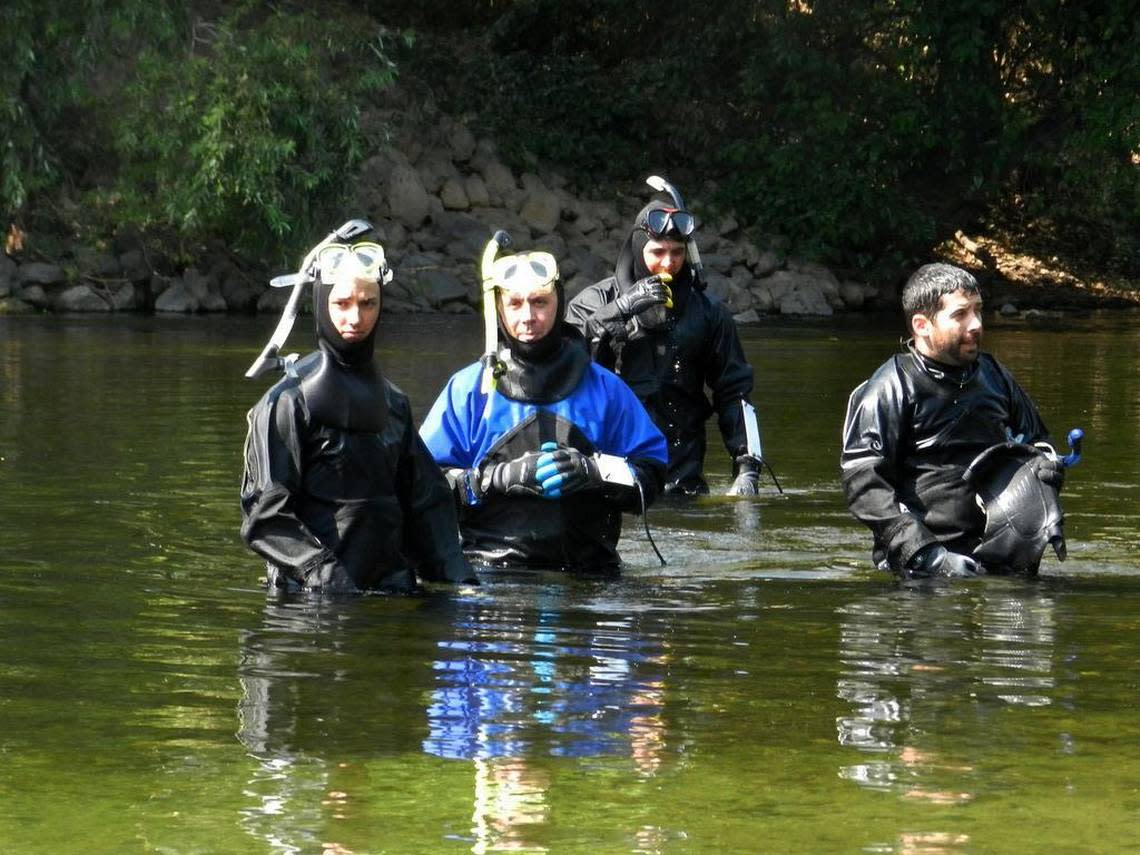
How did Biden appointees respond?
The witness table had three empty chairs for federal agency leaders: Commissioner Camille Touton of the Bureau of Reclamation, Director Martha Williams of the Fish and Wildlife Service, and Richard Spinrad, undersecretary of commerce for oceans and atmosphere.
The subcommittee received unsigned written statements from the bureau and Fish and Wildlife. The former noted Biden’s support for the Sites and San Luis projects, as well as enlarging Los Vaqueros Reservoir, northwest of Tracy, for farm and city use.
The statement said the annual allotments are complex as climate change makes both droughts and floods more extreme.
“We recognize that while there may be differences on water management decisions,” the bureau said, “we aim to work with the subcommittee on infrastructure investments that can help California capture more of the flood flows that are increasingly common with our changing climate and use that much-needed water during droughts, while making parallel investments in restoring fish populations and the environment.”
The Trump administration had eased delta rules in 2019 to increase water for farms. The current administration revisited the issue in 2021 and is still consulting with various partners, said the written statement from the Fish and Wildlife Service.
“The service believes the CVP can be operated in a way that meets the needs of the Central Valley’s imperiled fish populations while supporting California’s farms and communities,” the agency said.
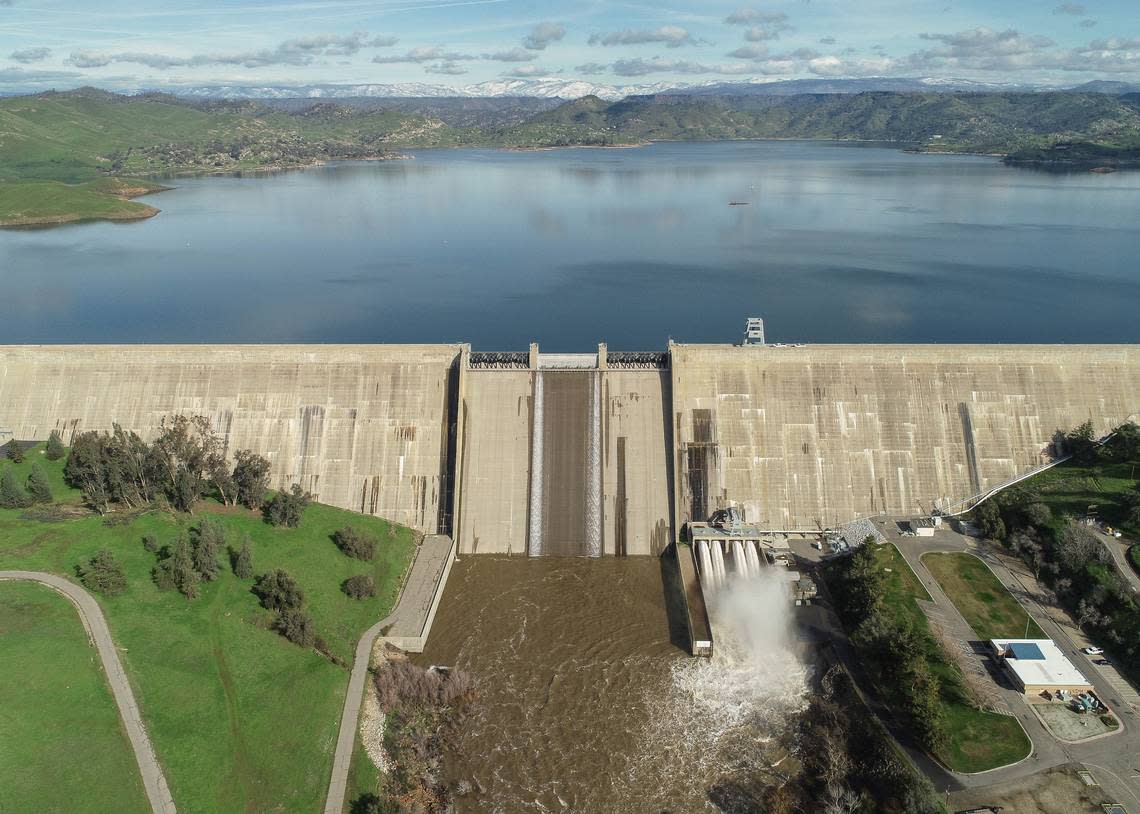
Just how much water remains in reservoirs?
The California Department of Water Resources has daily online updates on reservoir levels. Over the years, they have tended to be relatively low in late summer because irrigation is close to done and the next storm season is a few weeks away.
The current data seems to bear out the six congressmen’s complaints that water has been held back unnecessarily:
Shasta Reservoir was at 109% of the historical average for Sept. 8. Its water goes to Sacramento Valley users as well as those south of the delta.
Trinity Reservoir was at 114% of average. It lies in the mountains west of Shasta and is part of the CVP.
New Melones Reservoir on the Stanislaus River was at 136% of average. It supplies OID and SSJID before helping to feed the CVP in the delta.
San Luis Reservoir was at 119% of average. Some of the water heads south to CVP customers. The rest is part of the State Water Project, which serves Valley farmers and Southern California cities.
Millerton Reservoir was at 99% of average. It provides CVP water to the east side of the Valley between Madera and Kern counties.
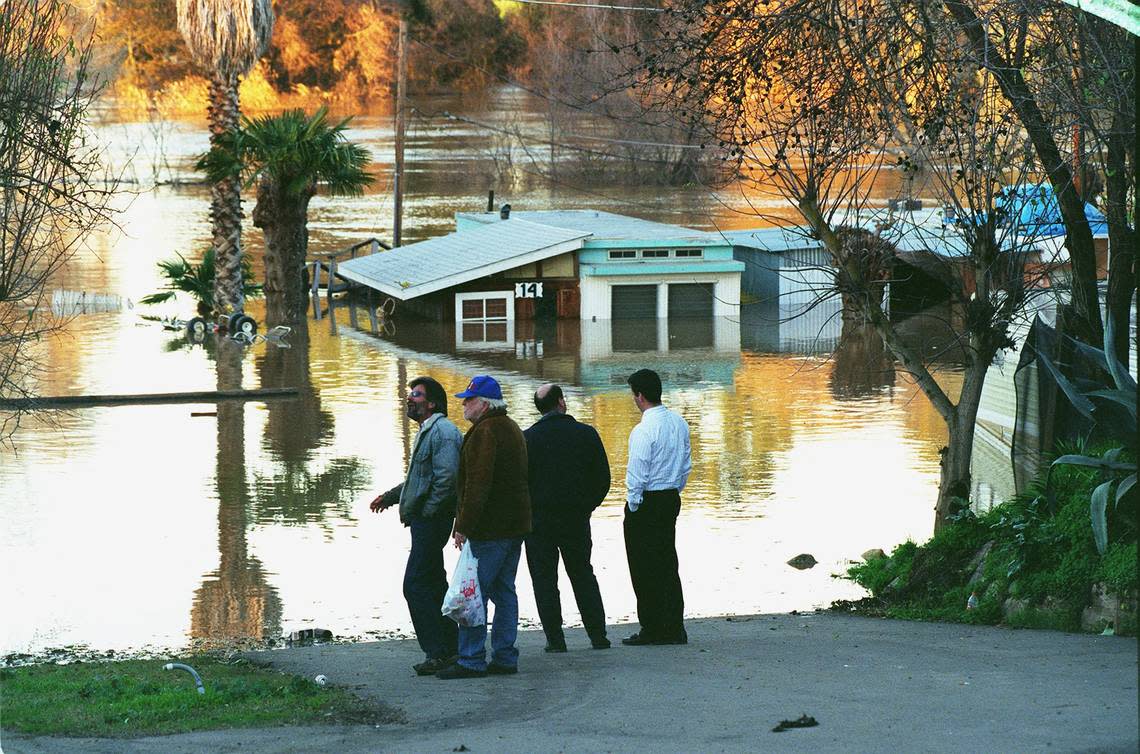
Turlock district has its own take
The Turlock Irrigation District stores most of its water at Don Pedro Reservoir, shared with the Modesto Irrigation District. It is the largest storage site in California under local rather than state or federal control.
This flexibility helped TID manage last year’s heavy Tuolumne runoff, External Affairs Director Josh Weimer told the subcommittee. The district had to keep reservoir releases from causing downstream flooding while also maintaining space for the snowmelt from above.
Weimer told of how the system was overwhelmed in 1997, when homes along the river flooded. Since then, TID has used high-tech tools to forecast storms and measure the snowpack. Data from nearly 1,000 locations go into the planning. This also helps with keeping a reserve in Don Pedro in case the next year is dry.
Weimer expanded on this in his longer written statement to the subcommittee: “Maximizing the district’s current storage and diversion facilities, and our unique ability to operate the system ourselves versus having state or federal parameters, allow us to adapt to the challenges facing California water supplies.”
A full video recording of the hearing is at www.naturalresources.house.gov.






